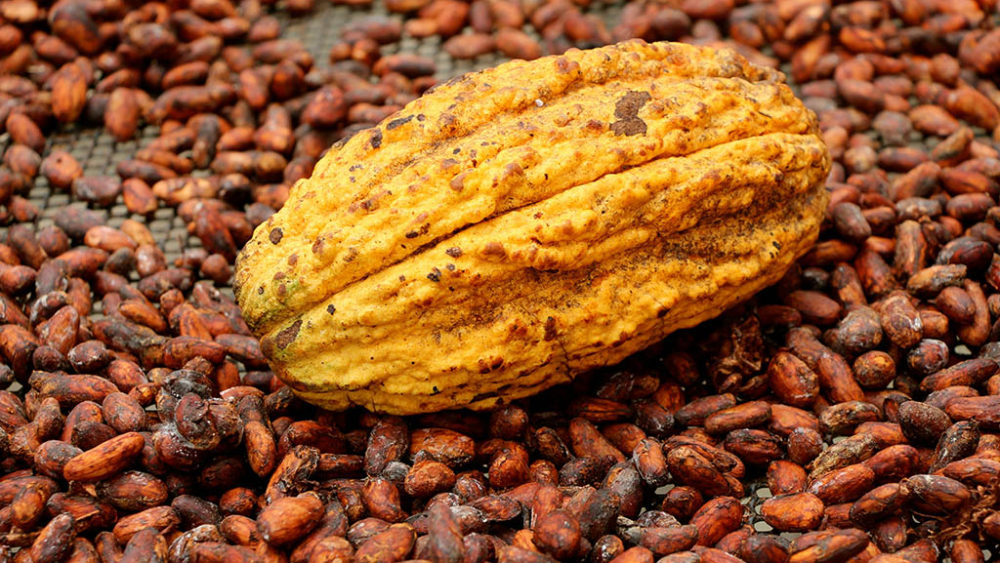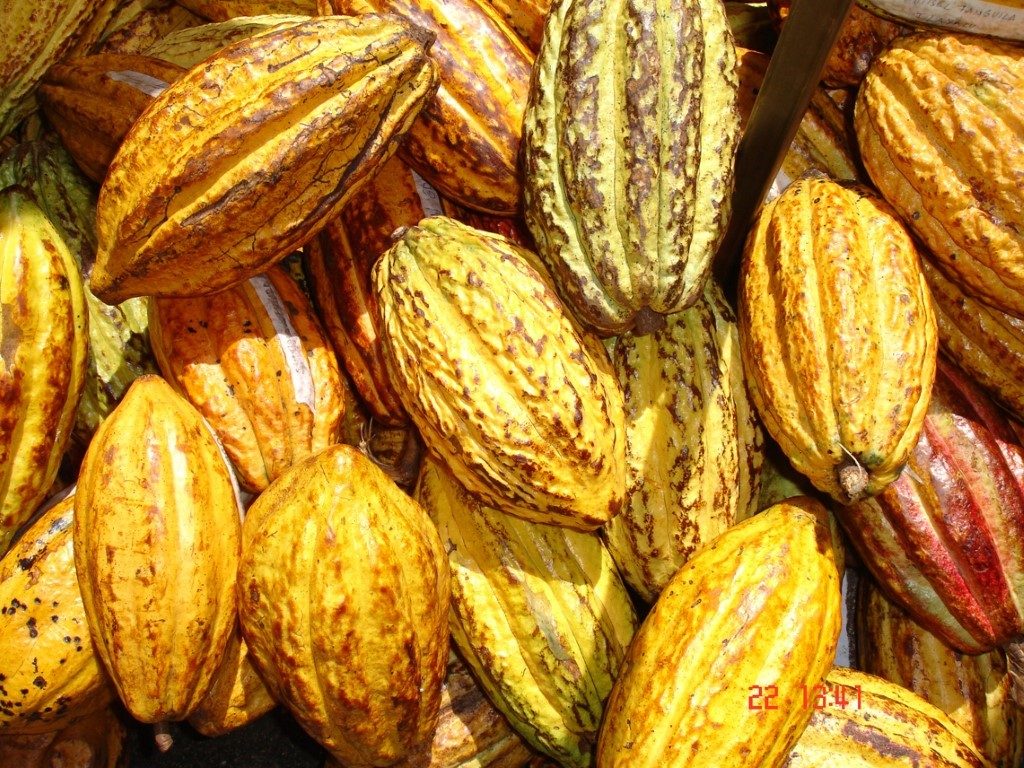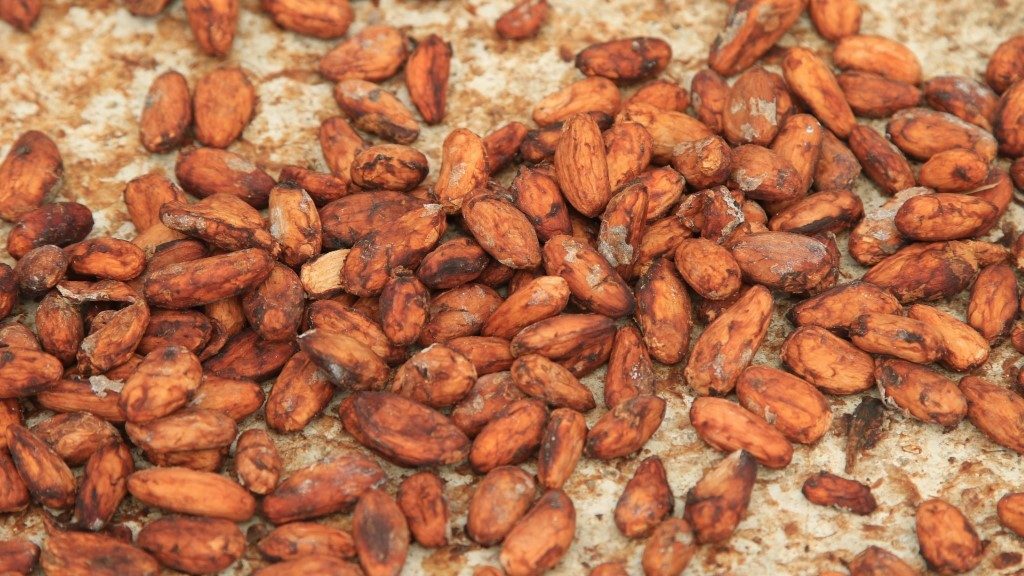Several crops are part of Ecuadorian culture, but without a doubt, cocoa has a special place in our history, not only for its economic value and international relevance that makes us one of the main exporting countries worldwide, but also because archaeological research suggests that it originated and was domesticated in the Ecuadorian Amazon.
The archaeological complex Santa Ana – La Florida is located in Palanda canton, Zamora Chinchipe province, where evidence of cocoa and other grains was found inside several containers `pertaining to the Mayo-Chinchipe Marañón culture. The discovery suggests that these peoples lived in this biodiverse environment, where cocoa could be domesticated by our aboriginal peoples and have an important symbolic value.
According to specialists, stonework containers such as plates and others, represent symbolic elements of their culture that were offered as food for the next life.
This evidence in the Ecuadorian Amazon, more than 5,500 years old, suggests that the origin of cocoa predates the Mesoamerican region (3,500 years), where it may have arrived due to its value and importance as a product of exchange between different cultures, not only between what are now countries, but also between cultures, since spondylus shells have also been found in this area, suggesting trade with Ecuadorian coastal peoples.
The Amazon is a rich, continuous source of information on the development of the cultures and peoples that still live there, hence its importance to the Ecuadorian identity. Cocoa cultivation has spread over almost the whole country and is currently the most widely grown crop with 500,000 ha.
PROAmazonía, a program implemented by the Ministry of Environment and Water and the Ministry of Agriculture and Livestock with the support of the United Nations Development Program (UNDP), promotes forest conservation and reducing deforestation by developing guidelines so that Ecuador can position itself as a sustainable, deforestation-free cocoa-producing country. It also aims to improve traceability systems and collection centers, and help producers obtain the Good Agricultural Practices certification. The goal is to differentiate Ecuadorian production, not only because it is its origin or cradle of domestication, but also due to its quality and environmental value, to return that value to its source, the Amazonian forests.
Photographs: Ministry of Agriculture
Author: Marco Güilcapi Technical Specialist in Sustainable Cocoa – PROAmazonía
 Español
Español English
English


